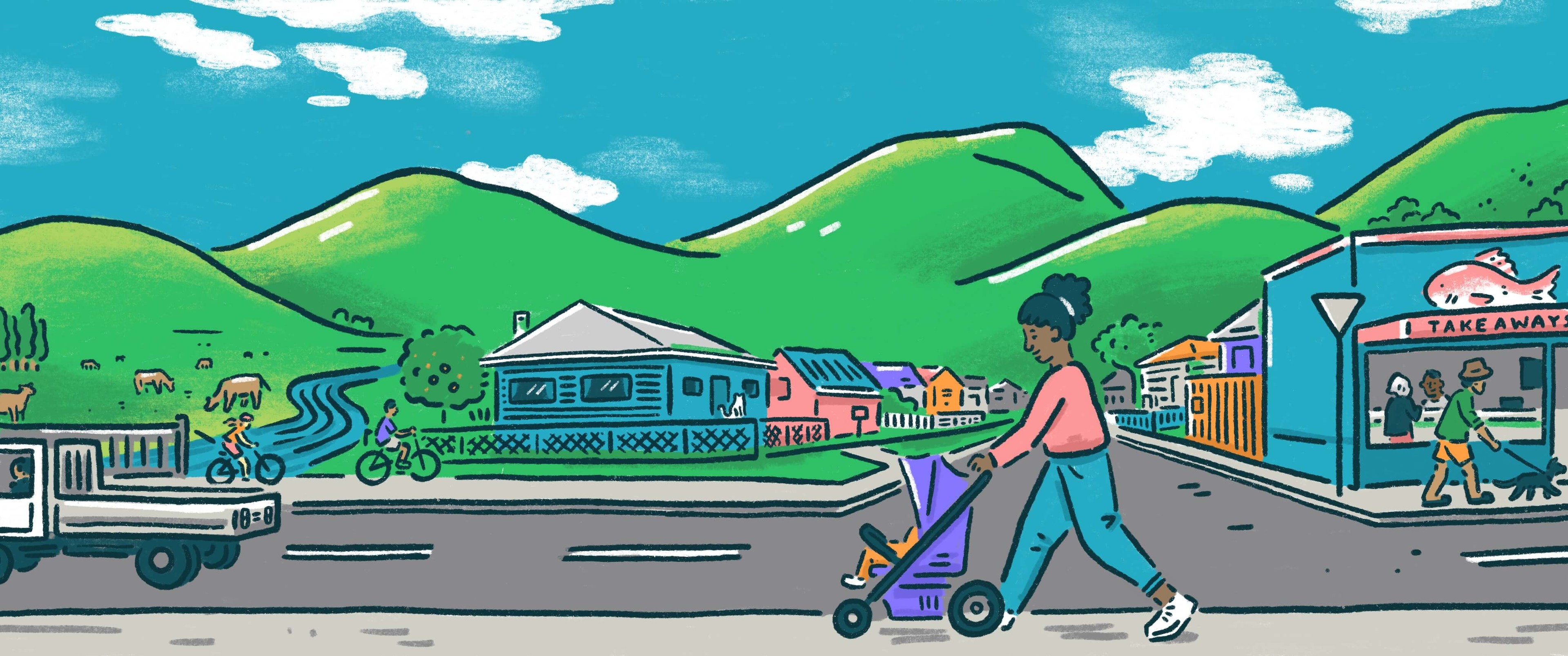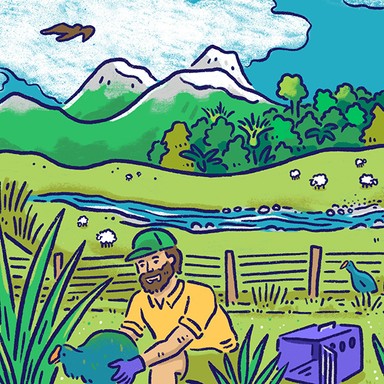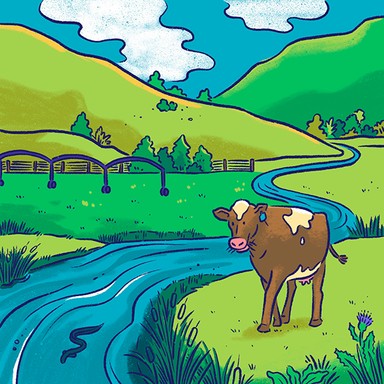
Marlborough District Council

Environment and biodiversity
Protecting the environment and managing natural resources is a key responsibility of regional councils. Regional councils are often also involved in pest control and resource management.

Environment and biodiversity
Protecting the environment and managing natural resources is a key responsibility of regional councils. Regional councils are often also involved in pest control and resource management.
Commit to providing waste management and recycling solutions to outlying areas of the Marlborough region.
Partner with communities, forestry owners, Department of Conservation, and Marlborough Sounds Restoration Trust to establish technology solutions for wilding pine control.
Assist in expanding community-based pest eradication programs and support new initiatives for managing pests across the Marlborough Sounds.
Establish pest plant and pest animal eradication programs that are community-led to enable our biodiversity to thrive.
Encourage best practice in all primary industries and enable innovation and research.
Encourage educational practices aligned with monitoring and enforcement within catchments.
Create community understanding of our direct link to nature as a physical being. Responsibility then becomes individual.
Support community initatives to control weeds and animal pests in the region.
Monitor the region to identify where our primary industries are having negative impacts on the environment over time.
Engage with primary industry groups to discuss and then implement change which will minimise or reduce neagtive impacts on the environment.
Ensure best procedures are in place to reduce and manage waste and pollution, manage pests and protect our biodiversity.
Maintain efficient processes for monitoring and reporting on the state of our environment and responding to environmental incidents.
Ensure that all possible measures are taken to enforce compliance with the highest possible environment and biodiversity standards.
Commit to providing waste management and recycling solutions to outlying areas of the Marlborough region.
Partner with communities, forestry owners, Department of Conservation, and Marlborough Sounds Restoration Trust to establish technology solutions for wilding pine control.
Assist in expanding community-based pest eradication programs and support new initiatives for managing pests across the Marlborough Sounds.
Establish pest plant and pest animal eradication programs that are community-led to enable our biodiversity to thrive.
Encourage best practice in all primary industries and enable innovation and research.
Encourage educational practices aligned with monitoring and enforcement within catchments.
Create community understanding of our direct link to nature as a physical being. Responsibility then becomes individual.
Support community initatives to control weeds and animal pests in the region.
Monitor the region to identify where our primary industries are having negative impacts on the environment over time.
Engage with primary industry groups to discuss and then implement change which will minimise or reduce neagtive impacts on the environment.
Ensure best procedures are in place to reduce and manage waste and pollution, manage pests and protect our biodiversity.
Maintain efficient processes for monitoring and reporting on the state of our environment and responding to environmental incidents.
Ensure that all possible measures are taken to enforce compliance with the highest possible environment and biodiversity standards.
Mayor
Compare the mayoral candidates in your area
Local council
Compare the candidates for your city or district council
Regional council
Compare the candidates for your regional council
Local board
Compare the candidates for your local or community board








